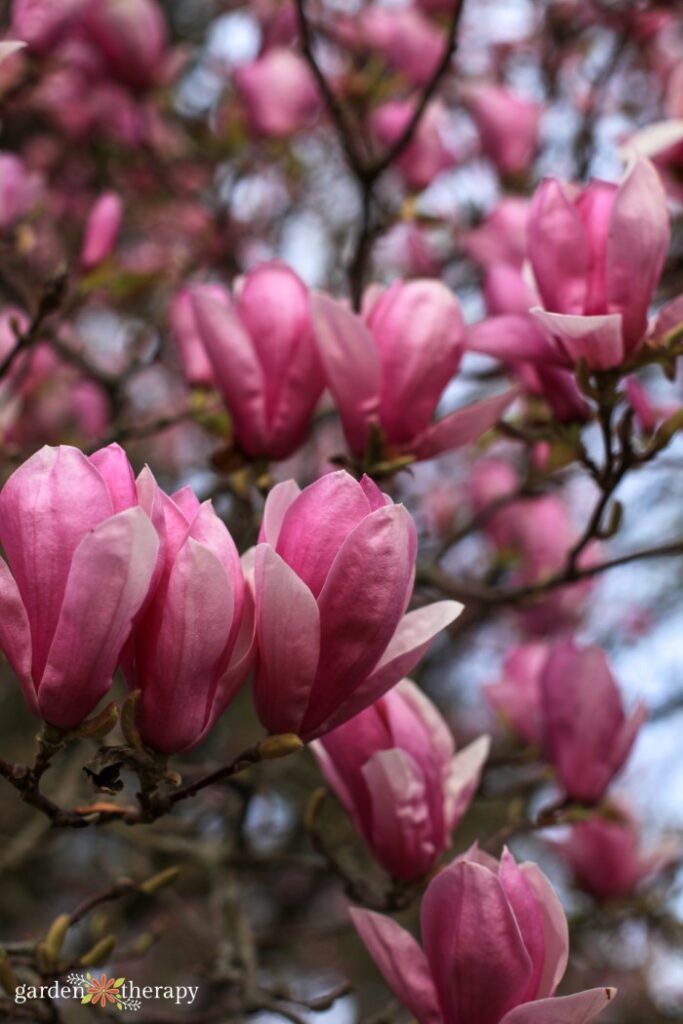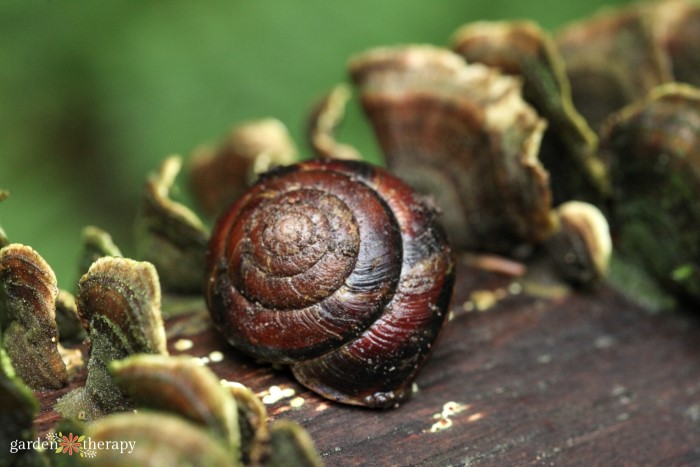What do garden snails eat? What in our precious vegetable gardens is at stake? As cute as they can be, garden snails can also be a bit of a nuisance in the garden when they eat up all the veggies we have spent months growing. Here’s what to keep an eye on!

Garden snails may be the cutest pest in the garden. Or at least competing with caterpillars for the title! Personally, I love spotting snails in the garden.
They play their role in the food chain as part of the natural ecosystem, being eaten up by birds and small animals while eating debris and pest eggs themselves.
That said, they can eat more than their fair share of my favourite vegetables and greens in the garden.
The brown garden snail, Cornu aspersum, is originally native to the Mediterranean but has now found its way to every single continent apart from Antarctica. It’s sneaked its way into many places it shouldn’t be, which can make it a nuisance.
So what do garden snails eat? Well…a lot!
This post will cover…
- What Do Garden Snails Eat?
- Debris
- Vegetables
- Lettuce
- Fruit
- Flowers
- Crops
- Frequently Asked Questions About Garden Snails
- More Posts About Pests

What Do Garden Snails Eat?
If it has foliage, a snail might eat it. This means almost all your flowers, vegetables, and other leafy foliage is at risk. While knowing exactly what is eating your plants can be hard, a slimy trail could indicate a snail is the culprit!
Debris
Garden snails are omnivores, meaning they feed on just about any organic material. They often eat lots of debris and live plants, including tree bark, stems and branches, mushrooms, algae, and seeds.
Calcium is also important for snails since it helps them grow their shells. They get their calcium from things like egg shells, bones, dead snail shells, dead animal tissues, soil, and greens.

Vegetables
Snails like lots of vegetables. I would say there are few vegetables off-limits for the garden snail to eat, but they do have some they prefer more than others. This includes:
- Cabbage
- Spinach
- Artichokes
- Cucumber
- Peas
- Brussel sprouts
- Bean
- Radish
- Onion
- Turnips

Lettuce
Much like slugs, leafy greens and lettuce is a popular choice for garden snails. If you find that most of your lettuce gets munched on before you have a chance to harvest it yourself, I highly recommend growing it in containers. I grow my lettuce in a wine barrel!

Fruit
Snails like fruit a ton, often leaving holes in the fruit. The lower and easier to eat, the better. So your strawberries could very well be in prime snail-eating territory!
They also enjoy apples, peaches, cherries, plums, apricot, pears, and tomatoes.

Flowers
Your flowers aren’t necessarily safe from snails, either. Some of their favourites include

Crops
Snails have become a big problem in places they don’t belong, where they’re not native. In California especially, they are notorious for eating citrus and vineyards, and quarantines are in place to prevent spreading them.
Even so, they often hide amongst foliage and can easily be transported into gardens through container plants.

Frequently Asked Questions About Garden Snails
Snails are most active in the spring. This is when they’re most notorious for devouring seedlings. They’ll eat until full, consuming about 10% of their body weight.
They can also enter periods of lethargy during the summer and the winter. During this time, they retreat into their shell and cover themselves with a protective mucus layer. While in this hibernation of sorts, they eat significantly less.
Like any living organism, snails need to drink water. This keeps them hydrated and energetic. Most of their water comes from their food, but they also get it from their environment. They really enjoy living in humid places!
The best way to naturally get rid of any pest is to look at its habitat, eating habits, and who eats it. To make your habitat less snail friendly, try incorporating plants snails don’t like amidst ones they do, and encourage snail-eating animals to take up your garden as a residence.
You can see more detailed tips on how to get rid of snails in this article.





